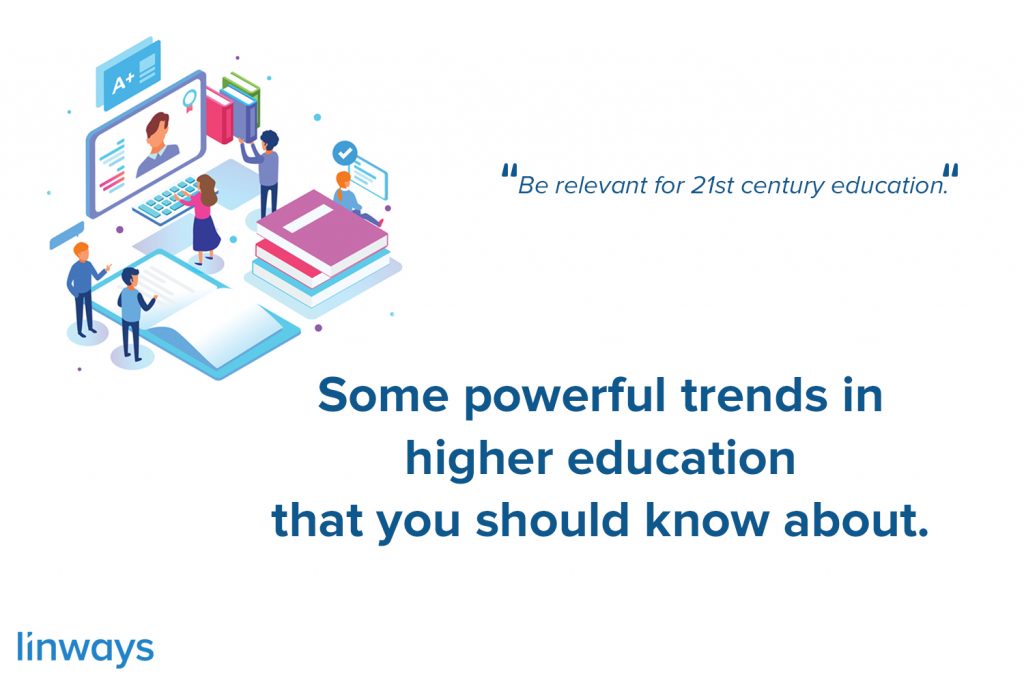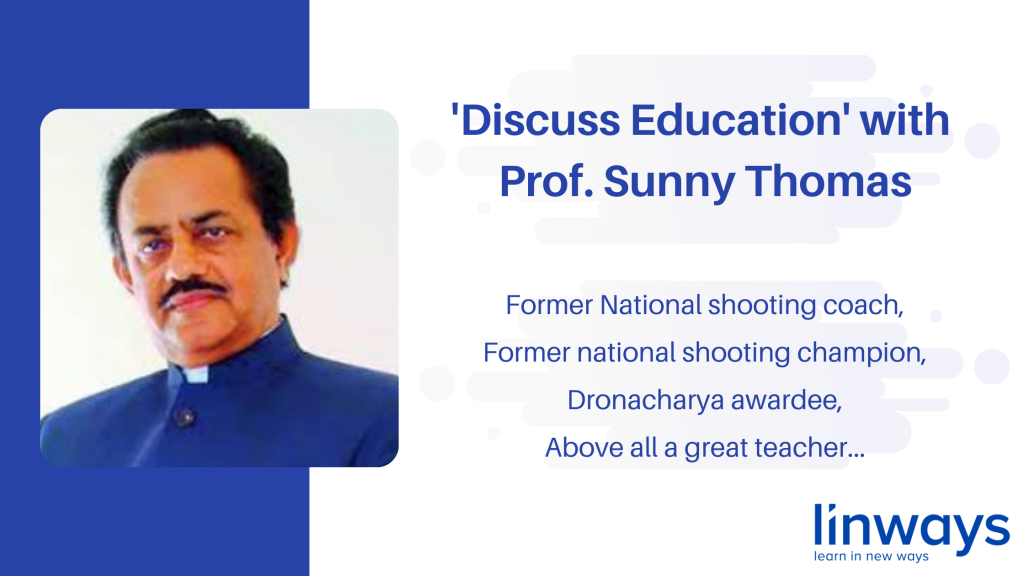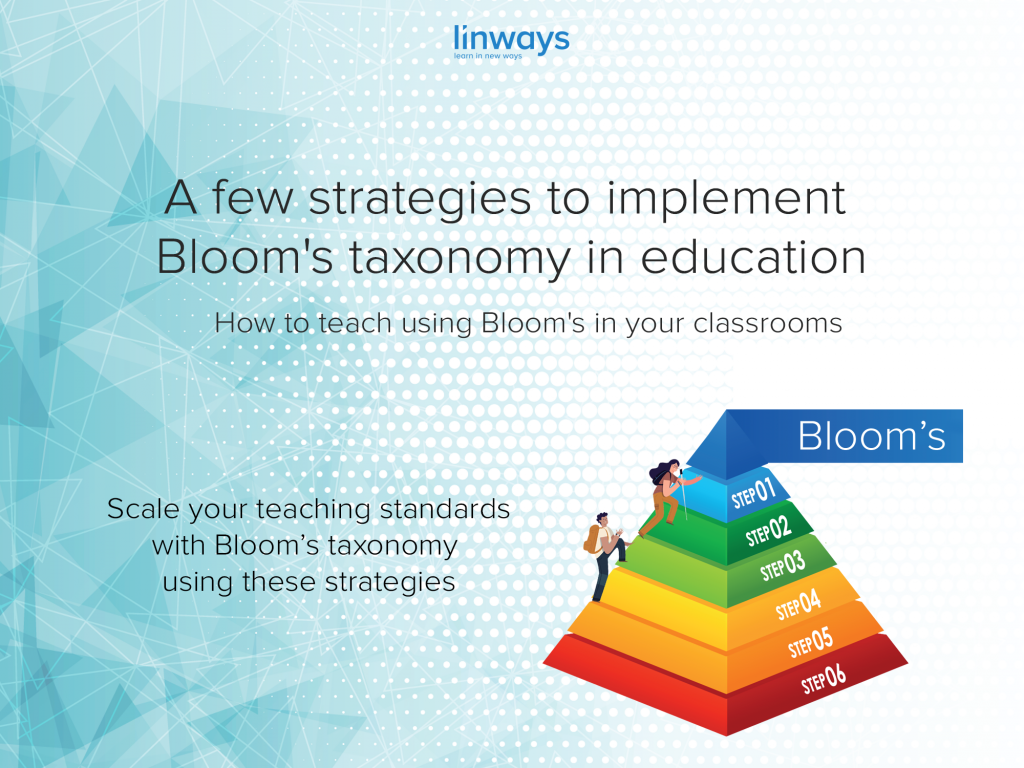Be relevant for 21st century education

Defining popular trend in education is tricky. There are multiple factors to be taken into consideration, meticulous research to be done, have to take feedback from educators, academicians, students, and so on. However, as always, we’re Linways, and we want to make it count. So we’ve here with this list. Or more specifically, a highly research-driven listicle that features some of the most powerful trends to watch in higher education.
For the sake of argument, powerful doesn’t necessarily mean the most accurate, or the most compelling. But these are some of the most popular trends, driving more educators and stakeholders to listen to what these have to say. Also, many of these concepts have long existed, and mostly overlooked for during their existence. We’ve included those relatively older concepts because they’re making an appearance to the mainstream of education that can no longer be ignored.
The basic compulsion behind making this list to help teachers and academic institutions. We wanted to provide an overview about how the world of education is reflecting the shifts and changes of the rest of the world. This will help you, as a teacher or a decision maker, to strategize more effectively and stay relevant based on these latest updates happening in the education world. So without further adieu, let’s get into it.
Quality centered.
Quality plays a much more pivotal role in education now. Decision makers are more concerned about the quality of the syllabi, and the system, that they are constantly revising older, static workflows and norms to newer adaptive ones. We see this on an everyday basis, in the form of new AICTE regulations, proposals to merge UGC and AICTE, new accreditation agency that’ll likely be formed by IITs and IIMs, revised NBA/NAAC accreditation criteria etc.
Higher education is moving getting more student-centric, and that’s truly great. We need such progressive ideals to define the system for our students and teachers to be proud of what we have. Being student-centric does not mean teacher’s role is in anyway frivolous. The teacher has a bigger role to play than ever before.
The 21st century education is also highly innovation-inspiring and entrepreneurial. Instead of a job-oriented curriculum, research-based courses, and self-starter foundations are seeing gaining more popularity among students. The rise of technology startup culture and remote opportunities has greatly benefited student participation in this stream.
Global playing field.
We’ve previously written about Washington Accord and what it signifies. Just like the Washington and Seoul Accords, there are more signs of an emerging international consensus across nations on education. As part of diplomatic and strategic relations, many countries are welcoming students, job seekers, and offer a global ground based on quality and accreditation. This opens up opportunities for students of our country to go abroad for higher education, or to find employment, and for the students from other countries to do the same.
This means our education is even more closely assessed to assure the level of quality this migration demands. There are also huge amounts of placements and funding from MNCs, especially towards developing nations like India. The industry wants to make sure that the graduates are ready to enter the workforce and will be able to provide a meaningful contribution without having to train them beyond a minimal amount. This is an important aspect for the companies that rely on the skilled workforce of emerging countries.
All these factors contribute to establishing a global standard to our higher education system.
Teaching for the 21st century.
We’ve previously written about “what it means to be a teacher in the 21st century”.
- Teachers need to have digital literacy
- Research mentality and continuous learning to stay updated.
- Skills to handle better tools than paper files and excel sheets to work efficiently
- Not just teaching but also contributing towards assuring quality and offering a learning experience for the student.
You can read more about 21st century teaching here.
Now moving on to the core teaching-learning, here are some concepts that are popular and drives conversation across the education domain.
Learning concepts and approaches.
1. Growth Mindset
Growth mindset refers to a learning theory that says you can improve intelligence, ability and performance. The opposite, a fixed mindset, refers to the belief that a person’s talents are set in stone . Years of research have shown that mindset is malleable. This means that by helping students to develop a growth mindset, we can help them to learn more effective and efficient.
2. Bloom’s Taxonomy
In simple words, Bloom’s taxonomy is a teaching methodology that revolves around 6 levels to measure achievement of learning outcomes. These six levels are:
- Remember
- Understand
- Apply
- Analyze
- Evaluate
- Create
These are mostly depicted as a pyramid of which the previously mentioned six levels represent each section of the pyramid. The student begins from the most basic level; remembering what has been taught, onto the higher levels as learning progresses. Each of these are mapped with measurable outcomes to assess attainment.
3. Personalized Learning
A great classroom to learn often displays the following characteristics:
- The student asks more questions,
Questions are the product of curiosity and they signifies participation. Students need to be encouraged to ask more questions and their inquisitive nature should be appreciated.
- Time and facility to think and come up with new ideas and express opinions,
An ideal learning environment should provide enough space and time to the learner to reflect upon what they have learned.
- Employing various teaching models,
It is important not to rely on a single one-size-fits-all approach in the classroom. The teacher should be willing to employ different learning theories and teaching models to get the results they need. The goal is to achieve the outcomes, not set them.
- Close contact with society and the real-life application of the subject,
Learning itself is not enough. The learner needs to test their knowledge and skills in the real world and see if it stands. This testing provides essential feedback for improvement.
- Personalized learning pace and criteria,
As we all know, everyone learns at their own pace and this fact should be acknowledged inside the classroom. This is crucial to ensure that everyone is keeping up and nobody’s left out.
- Persistent value-based assessments that aligns with the goals/outcomes,
Learning is futile if we don’t test it. However, the tests themselves should be aligned with the desirable outcomes and should provide meaningful feedback in the form of data.
- Nurturing curiosity and learning habits,
Nurturing a learning habit is so important. As we pass on the knowledge, we also need to make sure that the student will keep on learning. The role of the teacher tops as a facilitator and the students should learn themselves.
- Opportunities.
An ideal learning environment should build opportunities for feedback, expression of creativity, and let the learner test their own knowledge. Trying and failing is a part of the process, but we should make sure that there is an opportunity for the learner to get back up and try again. This boosts confidence and instil motivation.
To master the craft, teachers and decision makers need to assess and learn about how students react to the teaching-learning process. Use of the right tools and self-evaluation can be really effective here. Now there are a couple of steps you could try to teach efficiently. We have already written a blog on a different perspective on this. You can check them out here.
4. Project-Based Learning
Project management, to put plainly, is the planning, managing, and organizing of a certain project which would achieve a certain goal or outcome. A project, as in the title, could be a single task, or a combination of tasks designed to achieve that goal/outcome.
There are two ways this could benefit an educational institution. However, since they address different domains for different causes, we’ll break it down to two blog posts:
- On a faculty level, where the teachers could use project management techniques and workflows to complete their administrative work and teach more efficiently.
- On the management level, where the institution brings project management workflows to help students & teachers easily comprehend and manage their curriculum, thereby having a better understanding and clearer end goals to make them more achievable.
5. Blended Learning
Blended learning, by definition, is a pedagogical strategy where the students learn with a combination of face-to-face interactions and digital communication.
Blended learning used the aid of technology to deliver partial of supplementary course content for the students and creates a space for more classroom interactions and practical applications. This may include sharing video lectures on specific topics in addition to what students learn in the classroom, or providing course content guides as additional information, or proposing a video guide on youtube for further study.
6. Adaptive Learning
Adaptive learning or adaptive teaching is essentially a pedagogy mechanism. The teacher uses technology assisted insights and analytics to improvise and update their teaching styles as the curriculum moves forward. This way, the teacher can learn about student’s learning efficiency, their unique needs, and offer customised course delivery for best experience.
There’s a reason why many academic experts and regulatory agencies uphold adaptive learning to be the defining shift of the future of education. At the centre of adaptive learning is student-centric learning.
Adaptive learning is about making learning personal. It enables educators to help their students and achieve learning outcomes through personalization. As both teachers and students usually uses some kind of academic management software for adaptive learning, the teachers can analyze the data and understand each student’s individual needs better than ever. Teachers having clarity about everyone’s strengths and weaknesses can reduce valuable time off of conventional lecturing, especially with a larger number of students and various learning spectrum of different students. Adaptive learning helps the teacher to immediately assess where their students are struggling and, more importantly, which of their teaching strategies are helping them to improve. Everything ‘AL’ software initiates to increase a student’s understanding, teachers can replicate in a classroom setting.
We figured this article might benefit teachers and educational institutions to keep up with the trends of the 21st century education. Hope this helps to provide a meaningful and constructive learning experience to their students, thereby staying relevant.
All that being said, we are always on the lookout for the next best thing in education. So please let us know what you think of these trends, and how you have seen them in action. We are also interested to know about anything you might have to add to this list. Let us know in the comments.
Also published on Medium.




